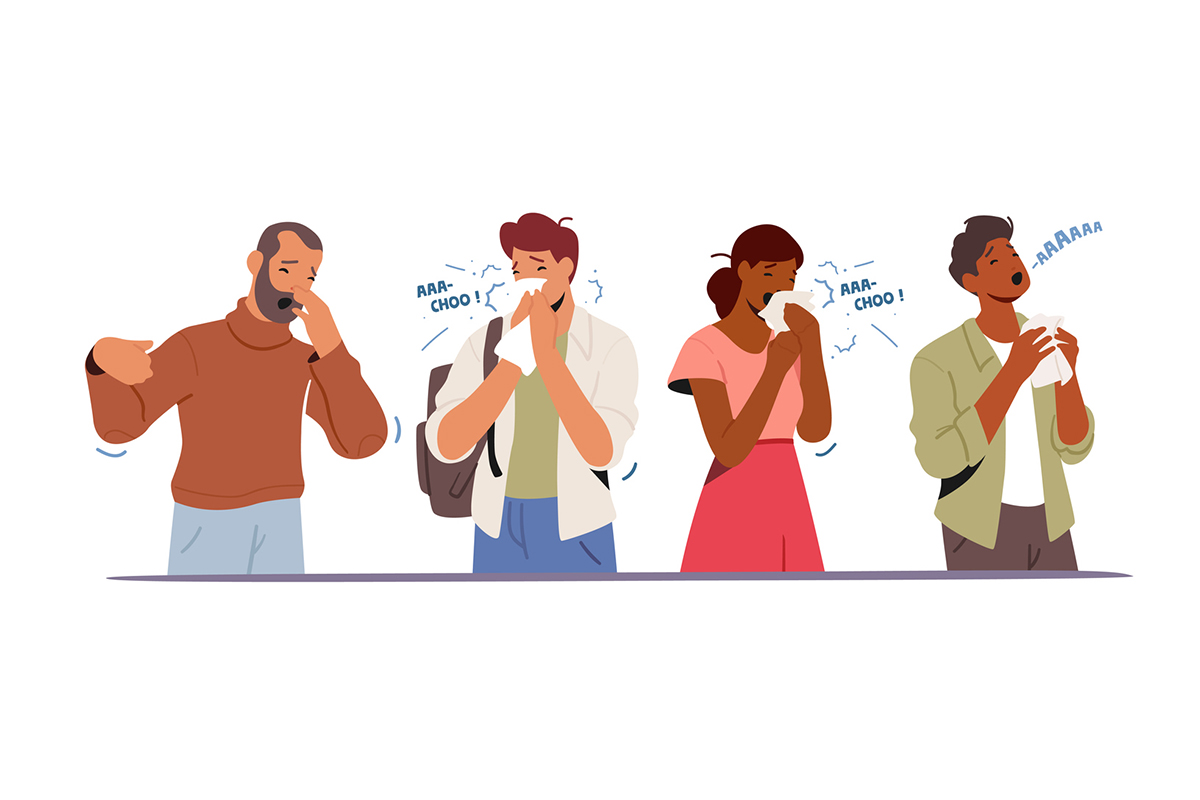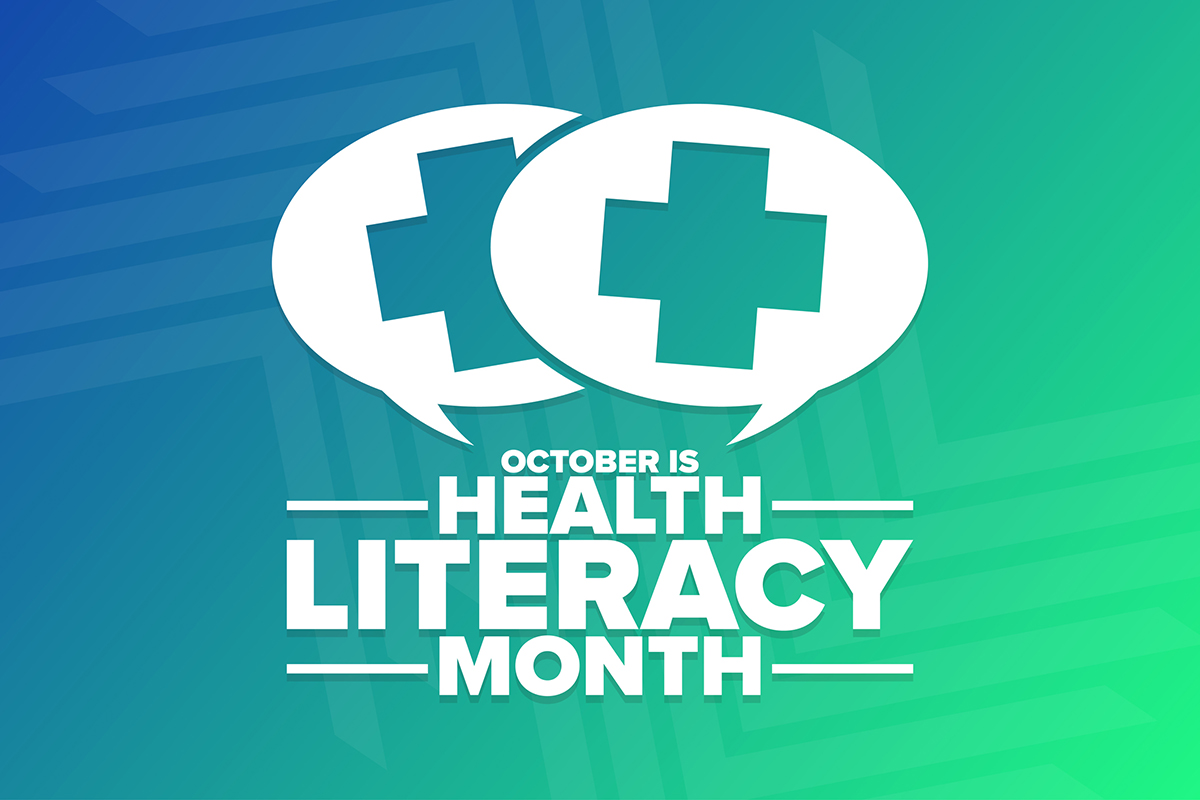It’s been a fast-moving couple of months. Amid contradictory and maladroit messaging—some unduly alarmist—we’re learning more about the true facts surrounding the pandemic. This week, I’m taking a closer look at the some of the myths you may have come across over the last few weeks.
1) You get it from packages: From the outset, I’ve been telling people that they don’t need to leave packages outside for days to let the virus die, or laboriously swab down their groceries with disinfectant. People point to early studies that indicated the virus could survive on surfaces for hours, even days. But these studies were done with sensitive PCR technology, which can detect minuscule strands of viral RNA—which is not commensurate with viable virus. It’s the live intact virus freshly exhaled by people that transmit infection, not traces on surfaces.
The CDC, in a recently updated advisory, now states: “It may be possible that a person can get COVID-19 by touching a surface or object that has the virus on it and then touching their own mouth, nose, or possibly their eyes. This is not thought to be the main way the virus spreads, but we are still learning more about this virus.”
2) It’s killing kids now: Despite the reassuring news that the risk to kids was vanishingly small, lurid headlines have begun proclaiming that children are now dying from coronavirus. I can attest, from conversations I’ve had with patients and family members, that this news is literally giving parents nightmares and fueling edicts to postpone returns to school until late 2020.
The truth is that while a few kids have become sick with a syndrome resembling a rare pediatric disorder called Kawasaki’s Syndrome, there have only been a mere handful of deaths.
While tragic, and clearly more than the usual number of kids exhibiting this rare problem, it’s far fewer than the number of kids felled by the seasonal flu, which kills hundreds of youngsters annually.
The condition, while serious, is treatable. Moreover, the vast majority of kids affected had underlying health conditions rendering them, like adults with comorbidities, more vulnerable. A review in the journal Pediatrics concluded: “only 48 children between March 14 and April 3 were admitted to 14 pediatric intensive care units in the U.S., and 83% had an underlying condition. The most common was ‘a long-term dependence on technological support (including tracheostomy) associated with developmental delay and/or genetic anomalies,’ the authors note. The fatality rate for children in ICUs was 5% compared to 50% to 62% for adults.”
3) It’s just like the flu: No, it’s not. Some COVID-19 denialists are making this argument to buttress their contention that the lockdown was an over-reaction (which may turn out to be case, but that’s beside the point).
If coronavirus were equivalent to the flu, we wouldn’t have seen a staggering increase in the death rate, which is well-documented. Even if some COVID-19 deaths were exaggerated—I’ve heard it argued rhetorically that if you get hit by a car and you test positive for coronavirus, your death will be attributed to COVID-19—there’s still a huge statistical blip.
Additionally, during my entire medical career, I can’t think of a single instance of a patient who died from the flu. Surely there are some. And infections tip the balance for some patients teetering on the brink of underlying conditions, for example heart failure? The annual death toll is actually an estimate, which makes it seem like tens of thousands of people are succumbing each season from the flu. It’s a false equivalency when people claim, “But lots die each year from the flu, don’t they?”
Finally, the run-of-the mill flu doesn’t kill people by causing massive blood clots in their lungs and a host of other devastating outcomes. This is a distinctive, mean, highly communicable disease. Denying that won’t make it go away.
4) If you’re elderly, you’re a goner: Statistics confirm that the older you are, the more likely you are to be hospitalized or die of a coronavirus infection. And there’s evidence that “immunosenescence”—a progressive deterioration of immune response—is a real, age-related phenomenon.
But it’s also true that the older you get, the more likely you’re prone to the very comorbidities which are established risk factors for COVID-19: Hypertension, diabetes, obesity, cardiovascular disease and respiratory disease. In fact, a recent government survey showed that a mere 2% of US adults over the age of 60 met strict criteria for “optimal metabolic fitness”.
There are remarkable stories of resilient seniors in their 90s and 100s who survived coronavirus infections. Older individuals who adopt healthy lifestyle practices including diet, exercise and prudent supplementation, while exercising reasonable precautions, will likely survive the pandemic.
I believe that stigmatizing seniors as “sitting ducks” for COVID-19 is a form of elder abuse. The fear engendered by redlining this population will cause more suffering—from isolation, loneliness and fear—than the virus itself.
5) Healthcare workers are dying in droves: Early accounts of the hospital crush when the pandemic exploded portray medical workers in the same light as 9-11 responders, courageously rushing into the jh haws of death. And, while it’s true that confusion about suitable precautions and shortages of appropriate personal protective equipment (PPEs) led to unnecessary illness and mortality among frontline health providers, statistics don’t support a narrative of inordinate risk.
This is not to detract from the valor of healthcare workers. I underwent a similar experience in the 80s during my medical residency at Bellevue/NYU/Manhattan VA amidst the AIDS epidemic. We did our jobs, uncertain about the communicability of the new scourge, accepting that personal risk was an inevitable cost of service.
But, as Governor Cuomo recently pointed out, the fatality rate among coronavirus responders is about the same as it is for ordinary people in the community. It may even have been the case that the preponderance of infections among hospital workers weren’t hospital-acquired. Sure, there were tragic exceptions, but most workers who succumbed were 55 or older, many themselves suffering from familiar comorbidities. The Governor hailed this as vindication of protective measures like proper masks, gowns and shields, and cast this as good news for ordinary folks who practice social distancing in circumstances far less virus-laden than busy ERs and ICUs.
6) Mask misdirection: First they were said to be worthless for other than hospital personnel, then they became de rigeur for all. A lot of uncertainty remains about the efficacy of masks. Much has been written about the relative merits of different types of masks. N95 masks work best, but they must be fitted properly, and they may impair performance because they promote hypercapnia, a buildup of brain-numbing carbon dioxide.
The alternatives are surgical masks, which are partially effective at preventing people from transmitting virus, and only incompletely shield people from infection; the cloth masks perform even worse.
Masks seem to work in certain Asian countries which have flattened the curve effectively, but we don’t know how much that’s about effective contact tracing, travel embargoes, and early social distancing.
So we’re left with civic-minded exhortations to “Wear a mask to show you care.” I’m not saying they don’t reduce transmission, but there’s a psychic cost to donning an emblem signifying the presence of a deadly contagion long past the need to enact such measures.
7) Gloves: Gloves are way less substantiated than masks as protective gear. Even presuming someone drooled or sneezed on the objects you’re touching when you venture outside, the solution is to avoid rubbing your eyes, picking your nose, or sticking your fingers in your mouth until you have a chance to wash your hands. There, fixed that for you!
8) You can get coronavirus twice: Reports from Korea raised the specter that you could seemingly recover from Covid-19, only to reacquire an infection a short time later. But researchers now tend to be skeptical of that disconcerting prospect.
It’s thought that seeming reinfections are artifacts of imprecise testing; it may be that there are times later in the natural course of COVID-19 when viral material migrates from the nasal passages, from where samples are collected, to the lungs, which are less accessible to sampling; later in the infection, viral traces RNA may reappear in the nose, generating a positive PCR test. The virus simply hadn’t been cleared from the body.
Moreover, it makes sense that immunity to the coronavirus is fairly long-lasting, if not permanent, as is the case with most respiratory viruses. Let’s hope so, although only time will tell.
I hope this article has helped bring some clarity in these times of a sometimes overwhelming volume of news and information. For more myths debunked, don’t miss next week’s installment!







